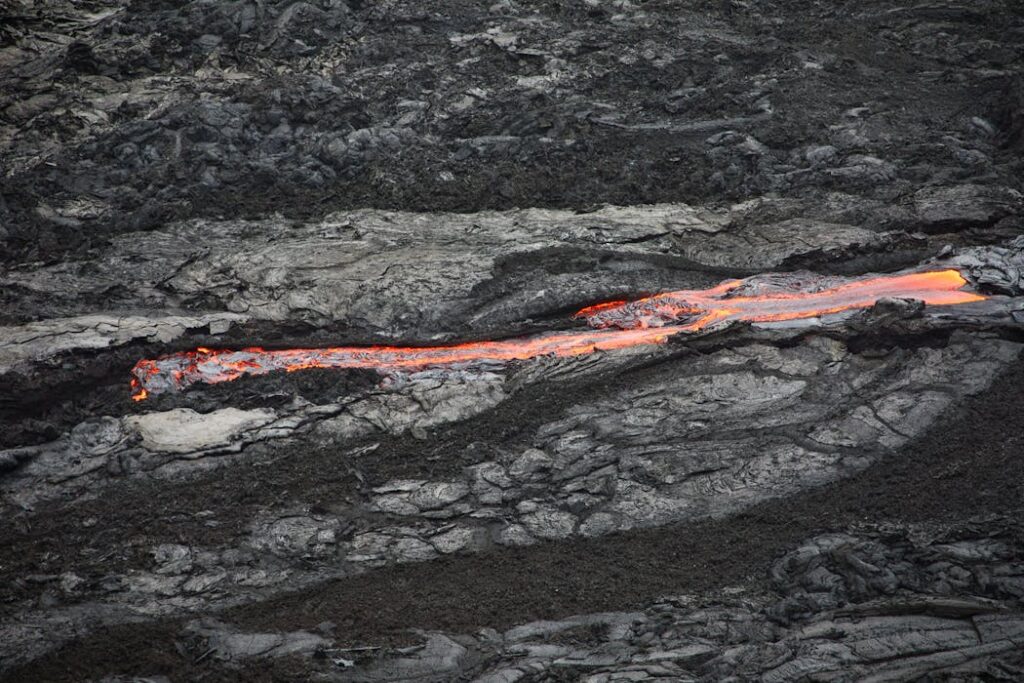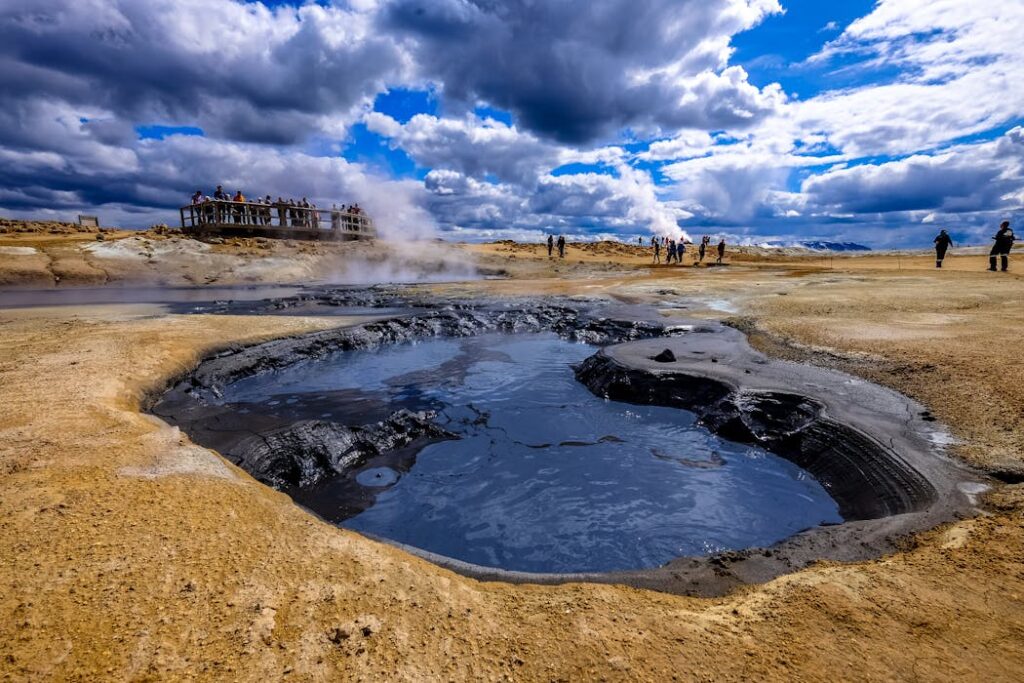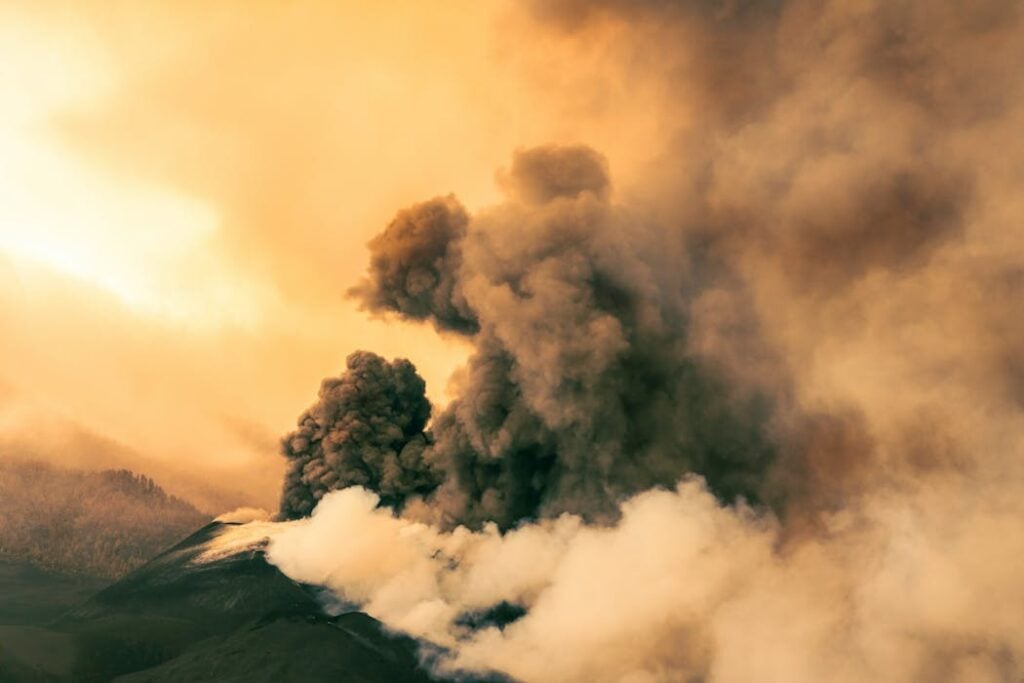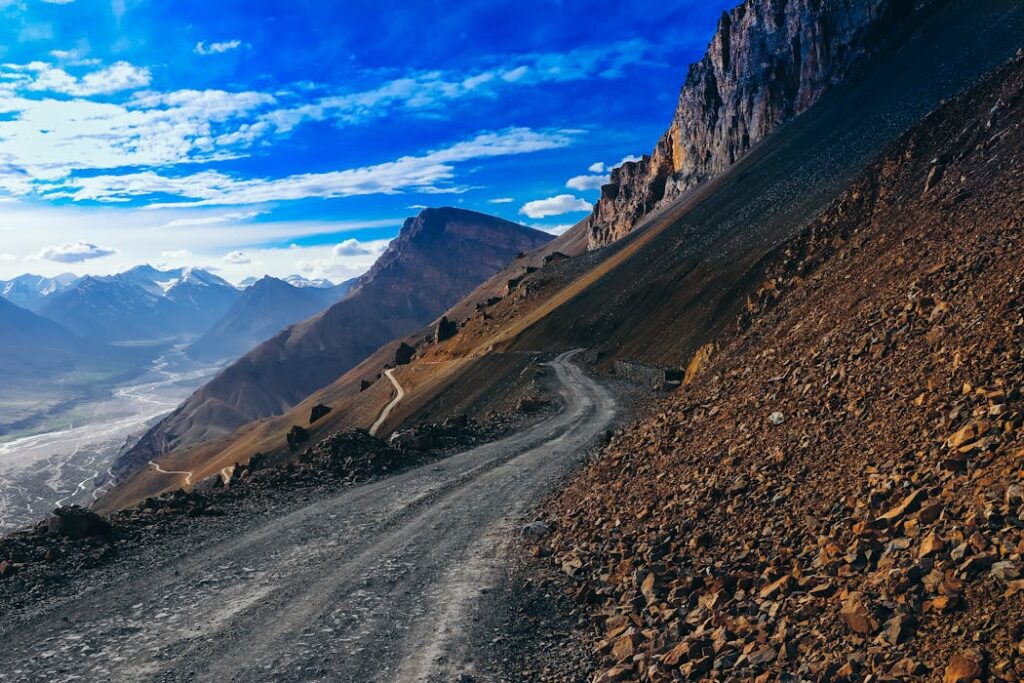Recognizing key volcanic signals is essential for safety near Alaska’s Mount Spurr volcano.

Mount Spurr, a stratovolcano in Alaska, exhibits various warning signs when entering a phase of volcanic unrest. From increased seismic activity to subtle ground deformation and heightened gas emissions, these indicators help experts assess potential eruption risks. Monitoring such signs with tools and expertise from agencies like the USGS and University of Alaska Fairbanks ensures communities stay informed and prepared for any volcanic threats.
1. Increased seismic activity around Mount Spurr signals potential volcanic unrest.

Seismic activity serves as a key indicator of volcanic unrest at Mount Spurr. Small tremors often accompany magma movement, causing noticeable vibrations through the earth. These microseisms, distinct from larger earthquakes, signal an active, dynamic underground environment potentially leading to eruptions.
Vigilant monitoring of these seismic signals can provide early warnings. Scientists track them closely using seismographs, which capture the tremors like a pencil tracing on paper, as mentioned by National Geographic. By detecting these subtle shifts, authorities can assess the likelihood of volcanic activity and prepare accordingly, safeguarding nearby communities.
2. Noticeable ground deformation indicates shifting magma beneath the volcano.

Ground deformation near Mount Spurr suggests magma is on the move below. Using precise tools like GPS sensors and satellite technology, scientists measure even the slightest surface shifts. These measurements reveal the swelling, subtly pushing the earth’s crust as magma collects beneath.
Such deformation can forewarn of an impending volcanic event. Patterns in ground deformation help experts decipher magma pathways and potential eruption sites, according to Smithsonian Magazine. Understanding these shifts provides invaluable insight into the volcano’s behaviour, allowing for timely evacuations and risk assessments if necessary.
3. Rising gas emissions suggest changing conditions within the volcanic system.

Changes in volcanic gas emissions at Mount Spurr are clues to potential eruptions. Magma releases gases like sulfur dioxide, indicating dynamic processes. Fluctuations in these gas levels suggest shifts in the magma’s chemistry and pressure, offering a snapshot of subsurface changes.
Continuous gas monitoring reveals how quickly conditions alter within the volcano. For example, a sudden spike in emissions might hint at increased magmatic activity, USGS reports. This data helps identify potential hazards, forming a basis for issuing alerts and guiding research on volcanic behaviour.
4. Elevated steam and fumarole activity can forecast upcoming eruptions.

Elevated steam and fumarole activity presents a visible sign of volcanic shifts. Escaping from vents, steam forms as groundwater or snow rapidly heats upon contact with magma. This constant release resembles a kettle steaming furiously on the stove, hissing as pressure builds.
Such activity often foreshadows impending volcanic events. The intensity of steam release can signify magma nearing the surface. Observing these changes helps scientists measure the volcano’s internal heat and pressure, providing crucial information about eruption timelines and associated dangers.
5. Unusual changes in local hot springs may indicate underground disturbances.

Local hot springs around Mount Spurr mirror volcanic changes below ground. These pools, naturally heated by the earth’s crust, can reveal new underground disturbances. A sudden rise in temperature or change in appearance often correlates with increased magma movement.
Consistent monitoring of these springs helps detect hidden volcanic activity. Temperature spikes may indicate increased geothermal heat from below, suggesting intensified magma flow. Understanding these variations allows researchers to better grasp the volcano’s unrest, offering vital clues about the volcano’s current state.
6. Sudden temperature increases near the summit hint at volcanic heating.

Temperature surges near Mount Spurr’s summit indicate possible volcanic heating. Thermal imaging technology detects these changes, capturing images of heat distribution like seeing red patches in a cooling soup. It highlights where the earth is hottest, suggesting subterranean magma activity.
Such sudden temperature increases suggest increased magma proximity to the surface. Keeping tabs on these thermal patterns helps volcanologists predict potential eruptions. These insights are crucial, painting a picture of what lies beneath and helping inform preparedness plans for nearby regions.
7. Audible rumbling or explosive sounds can precede volcanic activity.

Audible rumbling and explosive sounds near Mount Spurr may herald volcanic activity. These noises result from gas and magma movement, sometimes mimicking distant thunder or crackling fires. Nature’s warning system, these sounds can wake communities with an uneasy reminder of the volcano’s presence.
Recording these sounds provides clues about volcanic health. The frequency and volume of such noises can help assess eruption likelihood. Patterns in these sounds, akin to listening to a heartbeat, offer critical data to experts studying the volcano’s readiness to erupt.
8. Minor ash fall in nearby areas warns of possible eruptions.

Minor ash fall in surrounding areas often hints at possible eruptions. Light ash, like a fine blanket of gray powder, settles following small volcanic shoots. This mess can inconvenience daily life, covering cars and gardens, but also serves as a warning sign.
Tracking ash patterns informs experts about eruption scale. Even minor falls are significant, suggesting shifting volcanic activity and potential larger events. Analyzing dispersion patterns helps predict future events and supports preparedness measures by showcasing changes in the volcano’s inner workings.
9. Alterations in wildlife behavior often reflect environmental stress near volcanoes.

Changes in wildlife behavior near Mount Spurr reflect environmental stress. Animals sense disturbances that remain undetected by human observation, fleeing areas long before visible signs appear. Their movements, like birds abruptly leaving trees, hint at underlying geological shifts.
Noting these behavioral changes provides indirect volcanic monitoring. Animals reacting unusually can signal ground instability or chemical fluctuations in the air. Paying attention to these natural indicators supplements scientific data, offering nuanced insights into the volcano’s volatile state.
10. Frequent rockfalls and landslides around the volcano signal instability.

Frequent rockfalls and landslides around Mount Spurr suggest growing instability. These physical shifts, akin to pebbles descending a hill just before a landslide, highlight weakened geological structures. Each rock movement can indicate increased volcanic activity beneath the surface.
Studying these occurrences helps gauge the volcano’s firmness. The scale and frequency of rock displacements serve as a barometer for assessing structural integrity. Landslides not only shape the landscape but underscore the dynamic forces at play, informing risk evaluations and awareness efforts.
